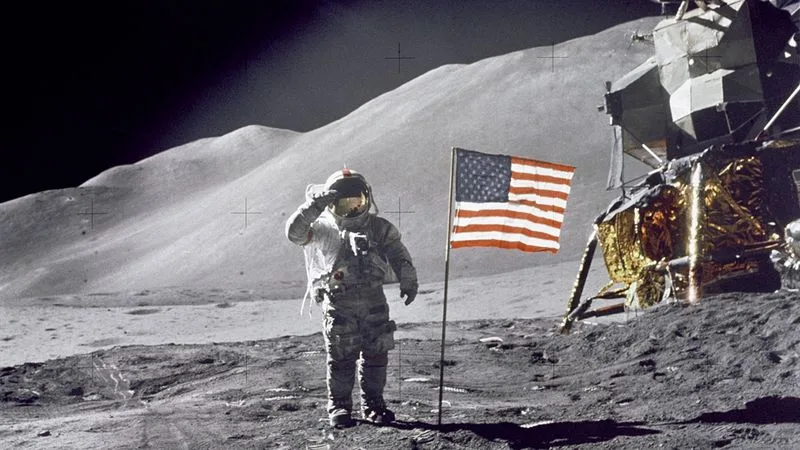How one accidental discovery led to a fastening revolution—on Earth and beyond.
On July 20, 1969, Neil Armstrong stepped onto the moon and delivered the legendary words: “That’s one small step for man, one giant leap for mankind.”
What many don’t know is that this historic moment also spotlighted a relatively recent innovation that helped make the mission possible: hook and loop fasteners.
An Accidental Invention That Changed Everything
The story of hook and loop begins not in a lab, but in the Swiss Alps. In 1941, Swiss engineer George de Mestral took a walk with his dog and noticed how burrs clung stubbornly to his clothing and the dog’s fur. Under a microscope, he saw that the burrs were covered in tiny hooks, which attached themselves to loops in fabric and fur.
This natural mechanism became the foundation for a new kind of fastener: hook and loop.
Simple. Reusable. Reliable.
Hook & Loop in Space: The Apollo Missions
Hook and loop fasteners gained widespread attention during the 1960s, when NASA adopted the technology for use in the Apollo space program. It played a crucial role in:
- Securing checklists and tools to instrument panels
- Closing and opening spacesuit pockets
- Holding sample collection bags and antenna leads
- Fastening wristwatches, mirrors, and cuff checklists to astronauts’ suit sleeves
As astronaut Thomas D. Jones famously said:
“Velcro in free fall is very effective.”
Its success in zero gravity made hook and loop a staple of both Shuttle missions and the International Space Station. Nearly every object—tools, pencils, notebooks—was fastened with hook and loop patches to prevent floating away in microgravity.
From Space Tech to Everyday Solutions
What started as a botanical curiosity and became a NASA essential is now a global standard in modern design and manufacturing. Today, hook and loop fasteners are used in almost every industry:
- Aerospace interiors
- Automotive assembly
- Surgical equipment and medical wearables
- Firefighter turnout gear
- Furniture and upholstery
- Consumer packaging and electronics
- Wearable devices and smart textiles
And more
HALCO: Advancing the Future of Hook & Loop
At HALCO, we continue building on this innovative legacy by engineering advanced reclosable fastening solutions for demanding applications across multiple industries. From flame retardant aerospace materials to custom die-cut fasteners, we help companies bring ideas to life through better, smarter fastening technology.
We’re proud to continue innovating in the very space where hook and loop helped make history—whether it’s fastening a seat in a jetliner or developing solutions for the next generation of medical devices.
What Will You Fasten Next?
Hook and loop helped astronauts explore the moon. Imagine what it could help you accomplish.
Let’s talk about your application—our team is here to help you design fastening systems that improve performance, efficiency, and user experience.

